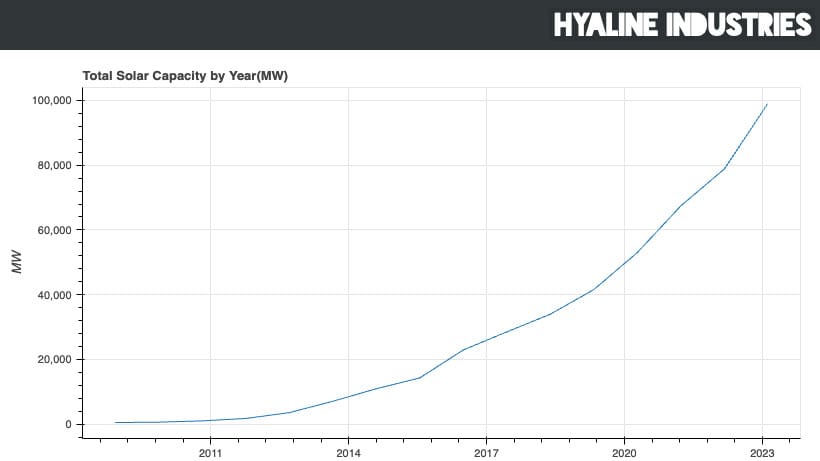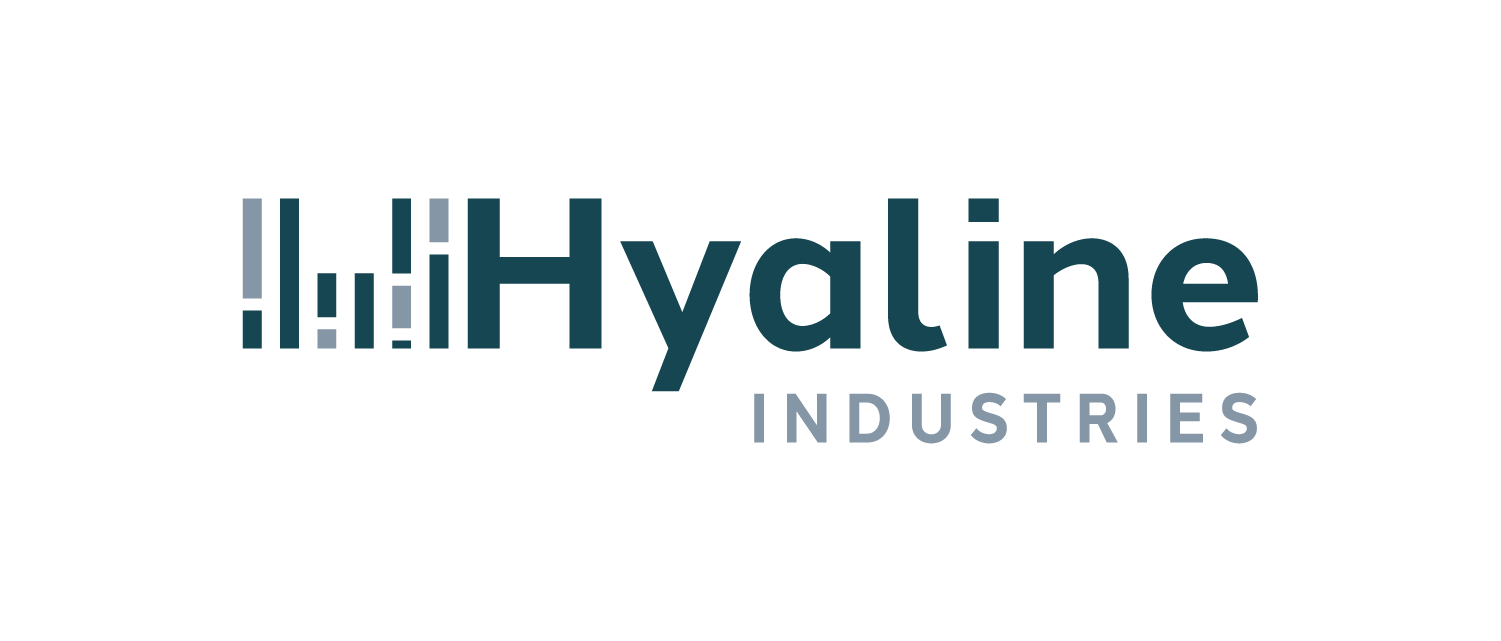Solar power is growing, but not evenly
Recently, we tried to get a basic understanding of the coal power industry: We figured out that coal power was getting old and wasn't being replaced because it was too expensive, and we looked at the biggest owners of coal assets to see if we could figure out why some were aggressively exiting and some were holding on. In the end, we ran into a bit of a brick wall with our questions; there does not seem to be an inherent property of coal generation that is causing these organizations to shut down or hang on. At best, we guessed it might be political in nature.
But that answer is unsatisfying. What if the answer to coal's demise doesn't lie in coal itself, but in the larger world of power? To start down that path, let's crack Hyaline back open and have a look at the United States' solar power.
Solar power is by far the biggest global growth story of the 21st century, and it shows even in U.S. data. In 2008, there were just 90 solar plants in the U.S. with just 500 MW of total power. In 2023, there were nearly 7000 solar farms feeding 92 GW.

Solar power isn't evenly distributed, though: most states have very little capacity (North Dakota and West Virginia have none), while others are running away with it. This isn't really all that surprising, because you would expect sunny states to make much more use of solar than cloudy ones: that New York has very little solar while California has a lot is a boring consequence of basic physics.

Solar power is also not evenly distributed in capacity: the median farm size is just 5MW, and 95% of all solar stations have less than 75 MW of capacity. The largest(Fox Squirrel Solar, in Ohio) has 577 MW of capacity, while the smallest(Pennsauken Solar, in New Jersey) has only 100 KW.
This is both the distinguishing characteristic of solar power. Of all generation types, photovoltaic is the most amenable to industrial manufacturing. It's inherently modular, and the operating costs are small and extremely predictable; it can scale up or down, depending solely on the amount of capital that one would like to spend. And because there is no supply chain to operate, you can plop a solar farm down pretty much wherever there is cheap land and a decent transmission interconnect. And that shows.
Sign up for our newsletter to get more of these delivered fresh to your inbox. And if you've got any questions you'd like to get answered, please let us know at questions@hyaline.tech.
